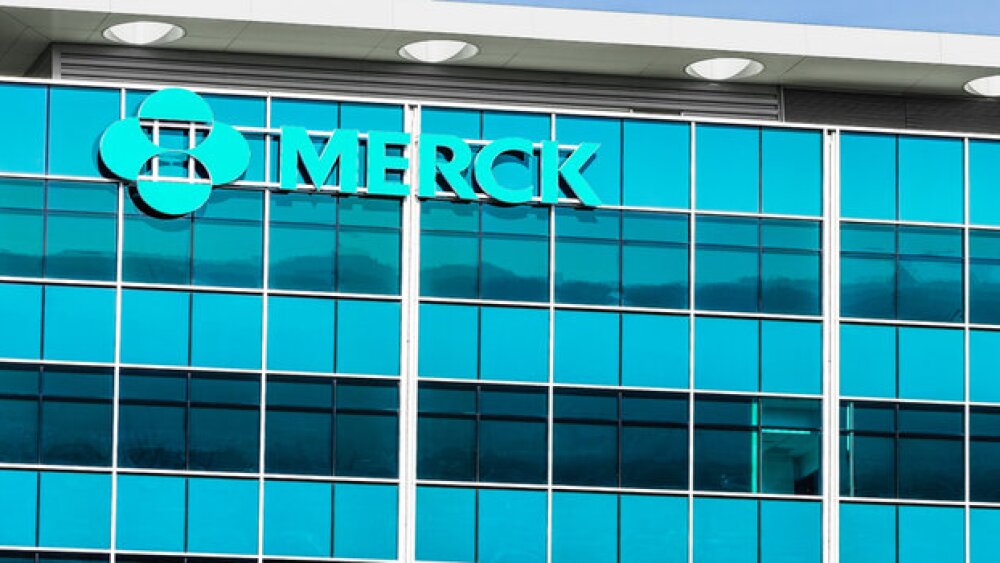A new membrane filtration method could solve the problem of the excessive bioprocessing wastes that many say is a prime impediment to manufacturing pharmaceuticals in the United States.
A new membrane filtration method could solve the problem of the excessive bioprocessing wastes that many say is a prime impediment to manufacturing pharmaceuticalsin the United States. This organic solvent nanofiltration (NSF) method uses pressure rather than heat for process distillation. It, therefore, greatly reduces emissions and energy consumption, allows robust process design, enhances cost-effectiveness and has a small plant footprint.
The small-flake graphene oxide (SFGO) membranes developed for organic solvent nanofiltration developed by researchers at the Nanyang Technological University, Tianjin University and Korea Advanced Institute of Science and Technology combine laminated layers of SFGO sheets. This lets researchers tune the membrane’s transport channels by controlling its lateral dimensions. Such control enables shorter and more straightforward transport pathways for solvent molecules than is possible with large flake (LFGO) graphene oxide membranes.
Dealing with organic solvent waste is one of the most pervasive challenges throughout the pharmaceutical industry. “Organic solvents currently constitute about 80% of the waste generated in a typical pharmaceutical process and about 56% of the material requirements in the production of active pharmaceutical ingredients,” according to membrane’s developers, writing in the American Association for the Advancement of Science’s (AAAS) journal, Science Advances.
Globally, the pharma production is estimated to produce millions of tons of bio-waste.
“As a rule of thumb, about 25 pounds of waste is generated per pound of active pharmaceutical ingredient output,” according to Stanley Chao, managing director of All in Consulting, quoting Enrico Polastro, vice president of the healthcare management consulting firm Arthur D. Little in an article in Supply Chain Management.
“The high volume of waste solvents necessitates their separation and recovery, which can amount to as much as 40 to 80% of the capital and operational costs combined,” the membrane’s developers wrote.
Graphene oxide (GO) membranes have been used for some time. Because they are hydrophilic, they are more appropriate for separating organic solvents from solution than for water purification. As a solvent-separation membrane, they were considered highly stable. The newly developed SFGO membranes offer significant improvements over GO membranes by overcoming the permeance and stability challenges.
SFGO membranes are made from graphene oxide nanosheets cross-linked by trivalent lanthanum ions, resulting in laminated membranes with low-friction surface networks. They enable water molecules to be transported through the membrane’s channels at “ultrafast” speeds, according to the paper. Molecular sieving was precise and, because the channels are tunable, highly versatile for a myriad of very different applications.
Researchers tested the SFGO membranes against large-flake graphic oxide membranes cross-linked by trivalent lanthanum ions. The found that permeance of the SFGO membranes was higher than that of LFGO membranes. Permeance of the SFGO and LFGO membranes was inversely proportional to the viscosity of the solvent, and the molecular dimension of the solvents also had “a considerable impact.”
The degree of permeance between the two types of membranes was notable. For example, the permeance of methanol, which is often used in the pharmaceutical industry, was 2.7-fold higher for pure methanol with the SFGO membrane than with the LFGO membrane, and an order of magnitude higher when separated from a water-based solution. Regarding viscosity, the researchers wrote, “Despite similar viscosities, acetonitrile exhibited a higher permeance over acetone, given its smaller molecular dimension.” Membrane integrity is similar to that of a continuous nanofilm.
When the ability of the SFGO membrane to separate of dyes from methanol were tested, the membrane rejected more than 95% of those with larger molecular weights. For example, the rejection rate for aniline blue (AB) was nearly 100%. In contrast, only 43% of the negatively-charged methyl orange (MO) dye and 9% of the positively-charged crystal violet (CV) were rejected. The difference between the two was attributed to their differences in charge. “Thus, the SFGO-La3+ membrane appears to exclude negatively charged dye via Donnan exclusion below a MW of 586 g mol−1,” the researchers wrote.
The SFGO membrane performed steadily at 100 liters per hour and one bar of pressure for 24 hours. Although performance decreased afterward, the membrane sustained more than 86 liters per hour throughput for up to 72 hours. That long duration was possible because the selective layer is approximately 70nm thick – several times thicker than the 10-20nm LFGO or 8nm ultrathin membranes developed by other researchers.
The researchers concluded that the SFGO membrane had the robustness and long-term performance necessary for “unsteady-state hydrodynamics, such as flow-induced shearing and compressive stress under applied hydraulic pressure.” SFGO membranes, therefore, have the potential to help catalyze the greening of the biopharmaceutical industry.






